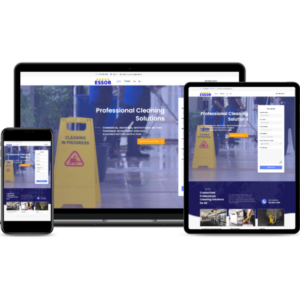The Ultimate Guide to SEO-Friendly URL Structure
The Ultimate Guide to SEO-Friendly URL Structure
Search Engine Optimization (SEO) is a critical aspect of any successful online presence, and URL structure plays a vital role in SEO. An SEO-friendly URL structure can improve your website’s rankings in search engine results, enhance user experience, and make it easier for both users and search engines to understand your content. In this Ultimate Guide to SEO-Friendly URL Structure, we will explore everything you need to know about creating an SEO-friendly URL structure for your website.
Table of Contents
1. Understanding SEO-Friendly URLs
- What is an SEO-Friendly URL?
- Why Are SEO-Friendly URLs Important?
3. Hierarchy and Organization
- Use Subdirectories for Categorization
- Maintain Consistency in URL Structure
- Use a Logical Hierarchy for Categories and Subcategories
5. Canonicalization
- Dealing with Duplicate Content
- Implementing Canonical Tag
7. Static vs. Dynamic URLs
- Advantages of Static URLs
- Handling Dynamic URLs
9. URL Best Practices for Different Content Types
- Blog Posts and Articles
- E-Commerce Product Pages
- News and Events
- Forums and Discussion Boards
11. Measuring and Monitoring URL Performance
- Use Google Analytics
- Monitor with Google Search Console
13. Localization and Internationalization
- Use Subdirectories or Subdomains
- Implement Hreflang Tags
15. Conclusion
- The Power of SEO-Friendly URLs
- Ongoing Optimization
2. Basic Principles of SEO-Friendly URLs
- Keep It Simple and Descriptive
- Use Hyphens to Separate Words
- Use Lowercase Letters
- Avoid Special Characters and Spaces
- Avoid Dynamic Parameters
4. Keyword Inclusion
- Incorporating Keywords in URLs
- Be Careful with Keyword Stuffing
- Consider User Intent
6. Length and Readability
- Keep URLs Short and Sweet
- Prioritize Readability for Humans
8. HTTPS and Security
- Embrace HTTPS
- Ensure Secure URLs
10. URL Redirects and Migration
- Properly Handle URL Changes
- Implement 301 Redirects
12. Mobile-Friendly URLs
- Responsive Design
- Avoid Mobile Subdomains
14. Future-Proofing Your URLs
- Avoid Dates in URLs
- Plan for Scalability

1. Understanding SEO-Friendly URLs
What is an SEO-Friendly URL?
An SEO-friendly URL is a web address that is optimized to enhance search engine visibility and user experience. These URLs are clear, descriptive, and easily understood by both search engines and human users.
Why Are SEO-Friendly URLs Important?
SEO-friendly URLs offer several benefits, including:
- Improved search engine rankings.
- Increased click-through rates (CTR) in search results.
- Enhanced user trust and understanding of content.
- Better organization and navigation on your website.
2. Basic Principles of SEO-Friendly URLs
Keep It Simple and Descriptive
A URL should provide a clear and concise indication of the content it leads to. Avoid unnecessary words or characters.
Use Hyphens to Separate Words
Use hyphens (-) to separate words in your URL. Avoid underscores (_) or spaces, as they can cause confusion.
Use Lowercase Letters
Stick to lowercase letters in your URLs to maintain consistency and avoid case-sensitive issues.
Avoid Special Characters and Spaces
Special characters and spaces can lead to URL encoding issues. Use only letters, numbers, hyphens, and slashes.
Avoid Dynamic Parameters
Minimize the use of query strings and dynamic parameters in URLs. Use descriptive, static URLs whenever possible.


3. Hierarchy and Organization
Use Subdirectories for Categorization
Organize your content using subdirectories to create a logical hierarchy. For example: example.com/blog/category/post-title.
Maintain Consistency in URL Structure
Consistency makes navigation easier for users and search engines. Stick to a standardized URL structure.
Use a Logical Hierarchy for Categories and Subcategories
Ensure that your URL structure reflects the logical organization of your content. For instance: example.com/products/category/subcategory/product-name.
4. Keyword Inclusion
Incorporating Keywords in URLs
Include relevant keywords in your URLs, but do so naturally. Avoid keyword stuffing.
Be Careful with Keyword Stuffing
Overloading URLs with keywords can lead to penalization by search engines. Use keywords judiciously.
Consider User Intent
Think about the user’s intent when including keywords. Make sure they align with the content’s topic.


5. Canonicalization
Dealing with Duplicate Content
Duplicate content can harm SEO. Use canonical tags to specify the preferred version of a URL.
Implementing Canonical Tags
Implement canonical tags in the HTML of your pages to indicate the canonical URL for a piece of content.
6. Length and Readability
Keep URLs Short and Sweet
Shorter URLs are easier to remember and share. Aim for brevity without sacrificing clarity.
Prioritize Readability for Humans
Create URLs that make sense to humans. Avoid cryptic or randomly generated strings.


7. Static vs. Dynamic URLs
Advantages of Static URLs
Static URLs are preferred for SEO as they are more readable and tend to rank better.
Handling Dynamic URLs
If you must use dynamic URLs, make them more readable by using URL rewriting techniques.
8. HTTPS and Security
Embrace HTTPS
Secure your URLs with HTTPS to protect user data and gain a ranking boost from search engines.
Ensure Secure URLs
Regularly audit your URLs for security vulnerabilities and fix them promptly.


9. URL Best Practices for Different Content Types
Blog Posts and Articles
- Include the post title.
- Use the category and subcategory if applicable.
- Avoid dates in URLs.
E-Commerce Product Pages
- Include product name and category.
- Use clean and concise URLs.
- Avoid session IDs or irrelevant parameters.
News and Events
- Use dates in URLs for timeliness.
- Incorporate keywords and location for context.
- Update or redirect old event URLs.
Forums and Discussion Boards
- Include topic or thread title.
- Use category and forum names.
- Avoid lengthy, unreadable URLs.
10. URL Redirects and Migration
Properly Handle URL Changes
When changing URLs, ensure old URLs redirect to the new ones to preserve SEO value.
Implement 301 Redirects
Use 301 redirects for permanent URL changes. Update internal links and sitemaps accordingly.


11. Measuring and Monitoring URL Performance
Use Google Analytics
Track the performance of your URLs with Google Analytics. Monitor traffic, CTR, and conversions.
Monitor with Google Search Console
Use Google Search Console to identify crawl errors, indexation issues, and search queries leading to your site
12. Mobile-Friendly URLs
Responsive Design
Adopt responsive design principles to ensure URLs work seamlessly on all devices.
Avoid Mobile Subdomains
Avoid using separate mobile subdomains (e.g., m.example.com) if possible, as it can complicate SEO.


13. Localization and Internationalization
Use Subdirectories or Subdomains
For multiple language or regional content, use subdirectories (example.com/fr) or subdomains (fr.example.com).
Implement Hreflang Tags
Use hreflang tags to indicate language and regional targeting to search engines.
14. Future-Proofing Your URLs
Avoid Dates in URLs
Consider not including dates in URLs for evergreen content to prevent outdated-looking URLs.
Plan for Scalability
Create a URL structure that can grow with your site’s content without causing confusion.

Conclusion
An SEO-friendly URL structure is a crucial element in your overall SEO strategy. By following the principles and best practices outlined in this guide, you can create URLs that are not only search engine-friendly but also enhance user experience. Remember that SEO is an ongoing process, and regularly reviewing and optimizing your URL structure will help you maintain a strong online presence and stay ahead of the competition. Happy optimizing!





